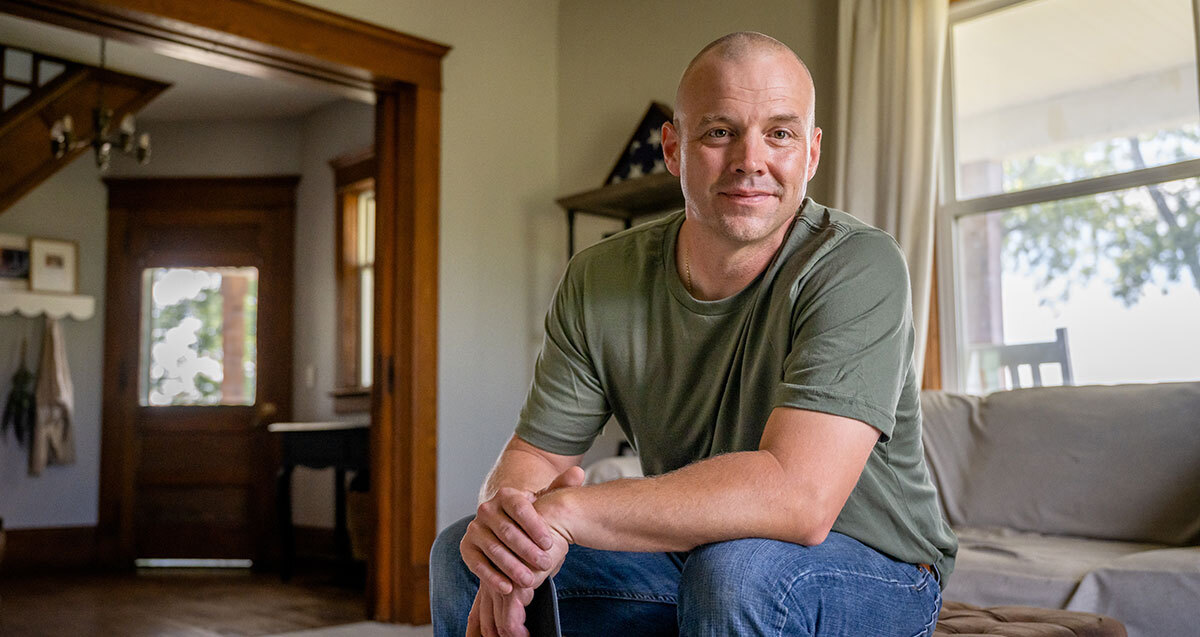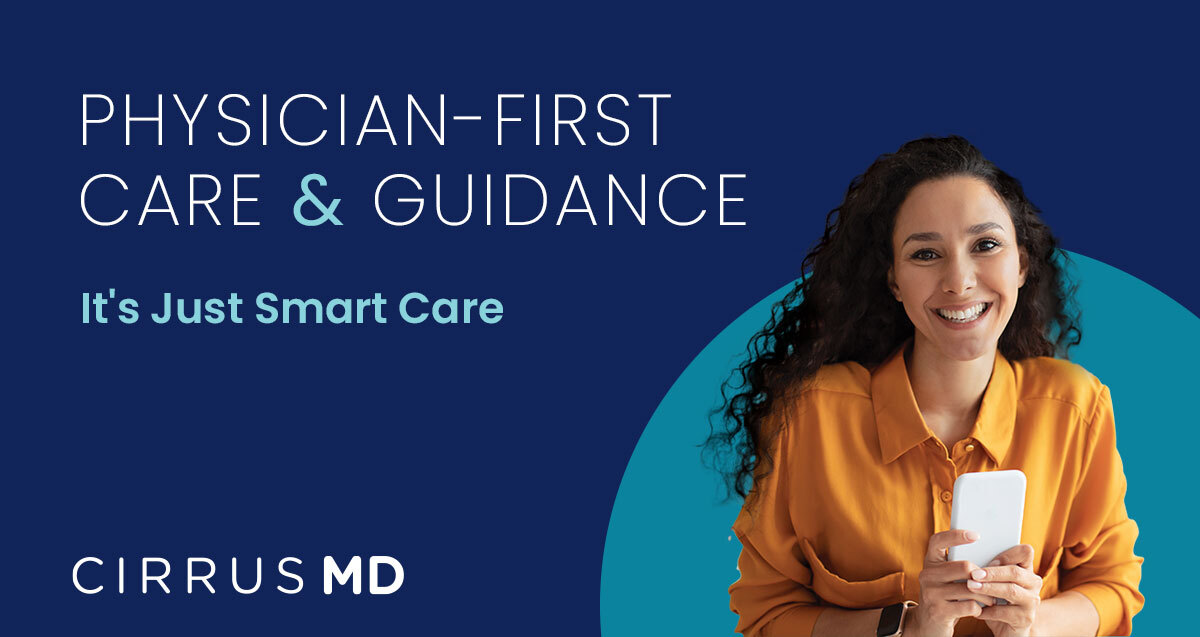
Introduction
Since women consistently account for ~ ⅔ of telehealth usage and are often directly responsible for the medical care of other individuals, we decided to embark on a study that would reveal some of the perceptions and preferences driving demand.
We were particularly interested to determine how respondents want to use telehealth for women’s health issues such as birth control, urinary tract infections, and irregular bleeding.
Methodology
In November of 2021, CirrusMD commissioned a study by healthcare market research firm, Eliciting Insights to glean a better understanding of womens’ telehealth usage and preferences.
The study involved a 19 question survey designed to uncover how women perceive telehealth, how they are using it and in what circumstances they find it most helpful. Study findings are based on 1,055 completed survey questionnaires.
To take part in the study, participants needed to:
- Identify as female
- Be between the ages of 18 and 65
- Have had at least one telehealth visit in the past 18 months
To accurately capture a diverse spectrum of opinions, study participants were recruited nationally across various geographies, ages, income ranges, and education levels.
Who We Surveyed
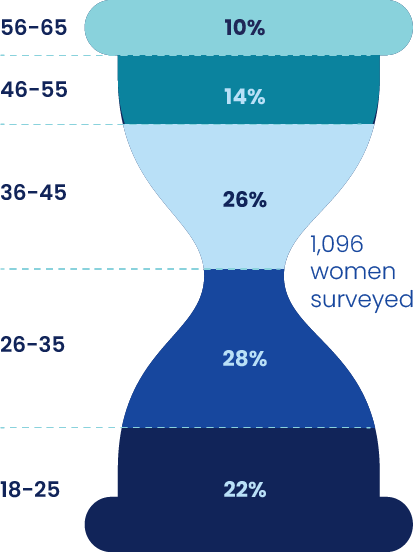
AGE
What is your age range?
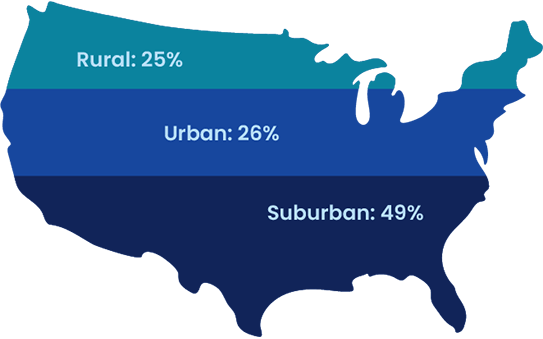
GEOGRAPHY
What best describes the general area where you live?
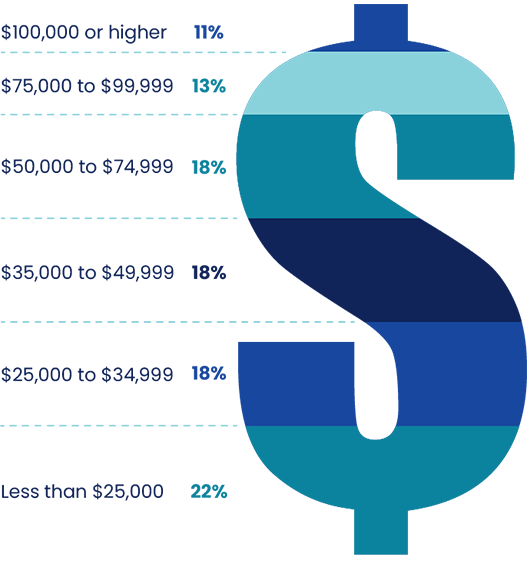
HOUSEHOLD INCOME
What is your approximate household income?
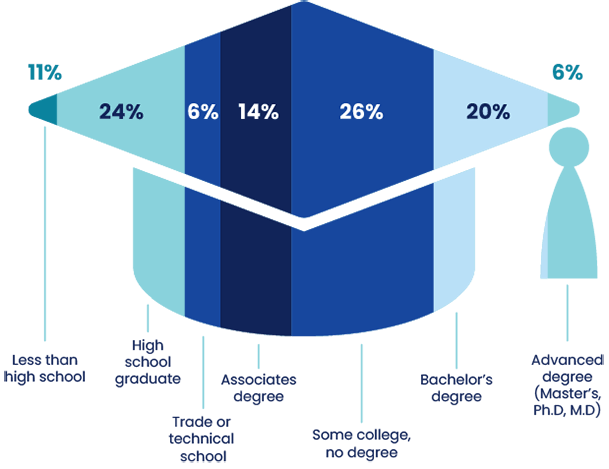
EDUCATION
What is the highest level of education you have completed?
Key Findings
89% of women utilizing telehealth believe it to be comparable or better than in-person care.

Over 62% of survey respondents would be less likely to delay care if they had access to on-demand text messaging with a medical provider.
Have any of the following caused you to delay seeking care?
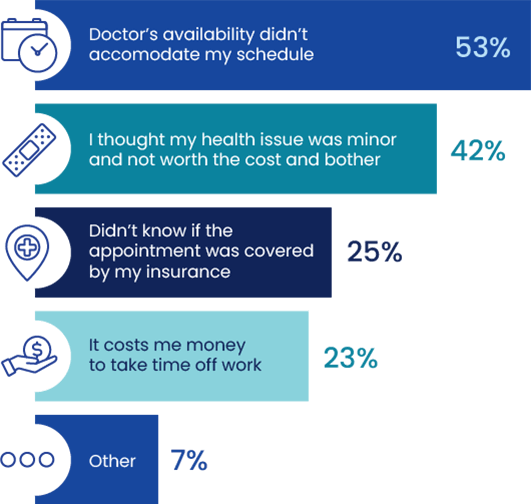
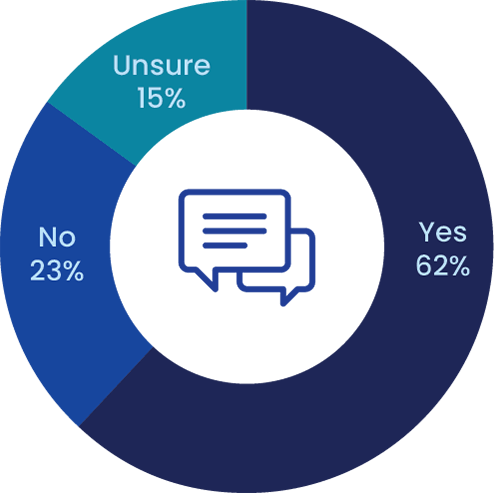
If you were able to use on-demand text messaging to communicate with a medical provider, would you be less likely to delay care?
80% of women would consider using a telehealth service in between OB-GYN appointments.
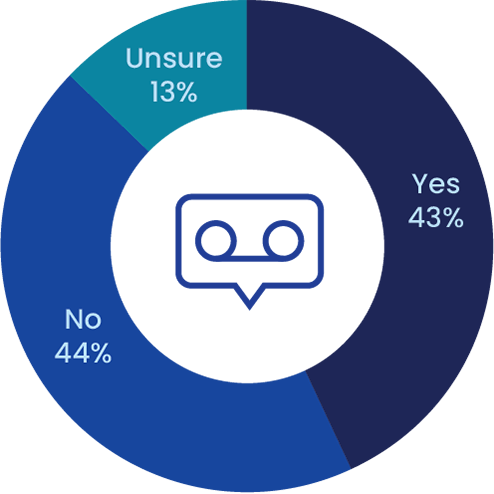
We built our practice around how people want to consume healthcare. Consultations are on demand. Patients wait less Have you ever had a difficult time reaching your OB/GYN or primary care doctor for questions that arise between regular appointments?
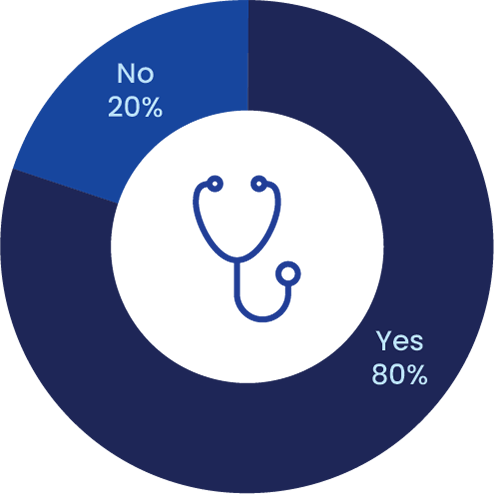
Would you consider using a telehealth service to consult with in between your regular OB/GYN appointments, assuming costs are the same or less than an in-person visit?
Convenience and the ad-hoc nature of texting are the top reasons women prefer chat to conduct a telehealth consultation.
Which of the following would make texting with a doctor prefereable to a video appointment with a doctor?



